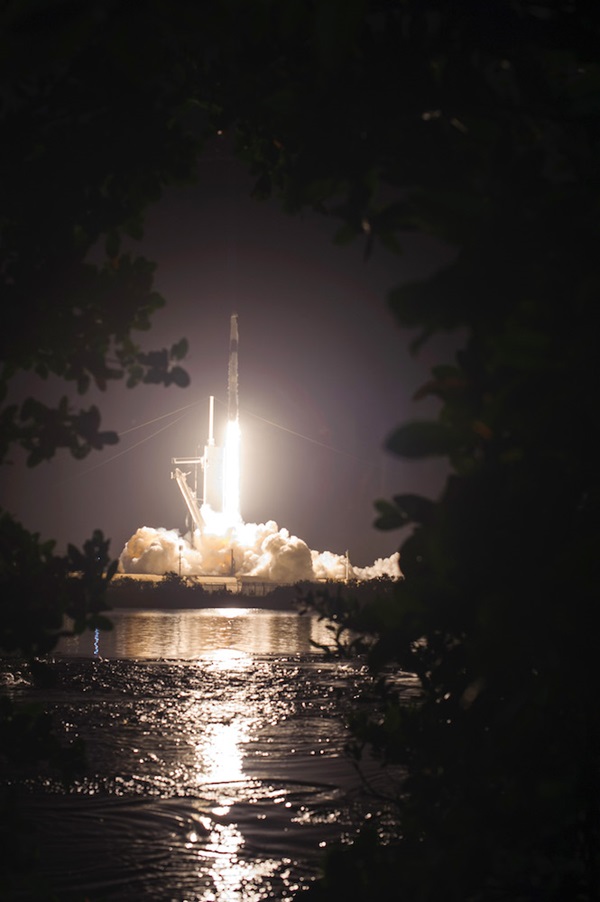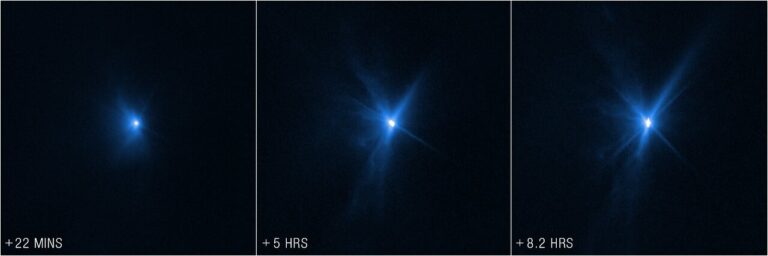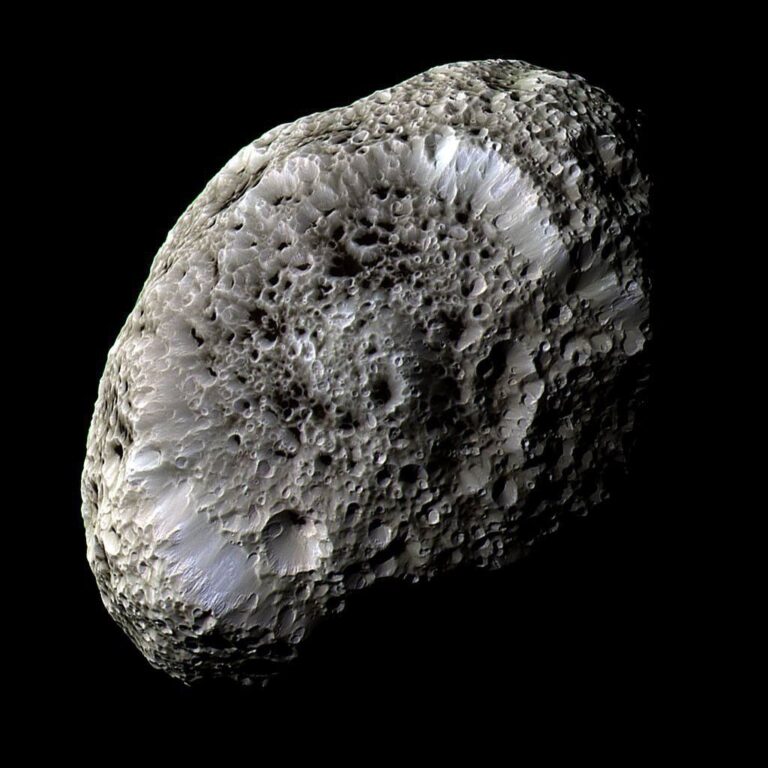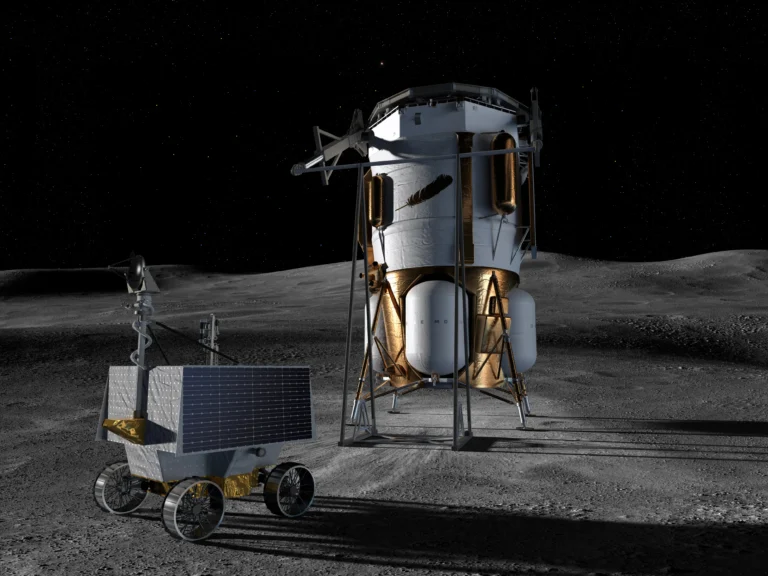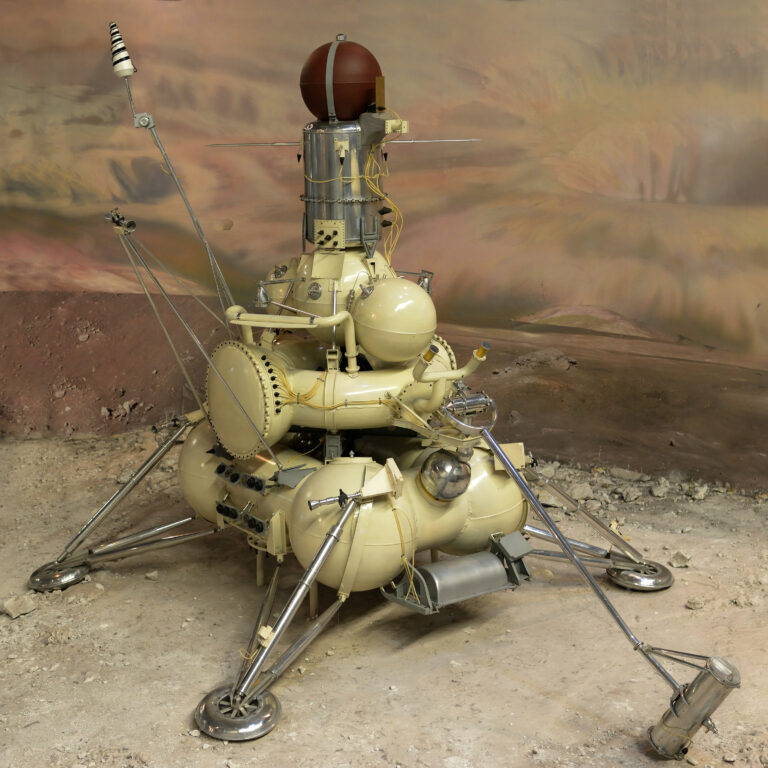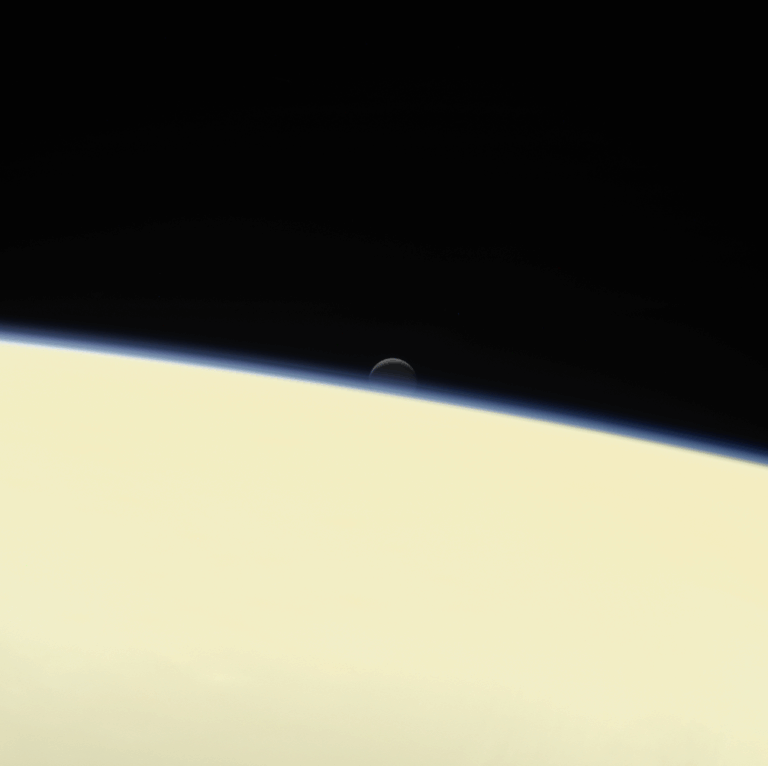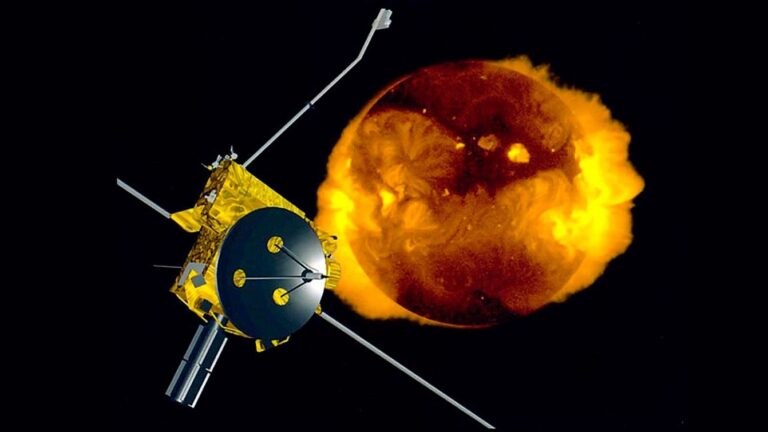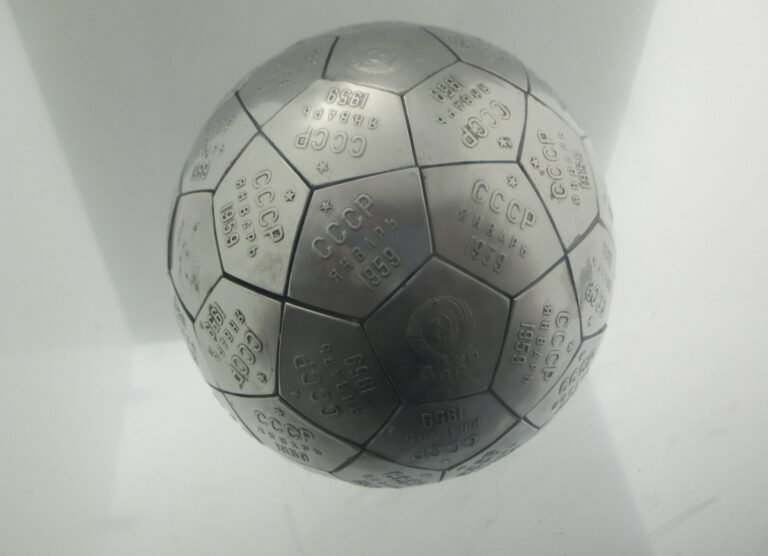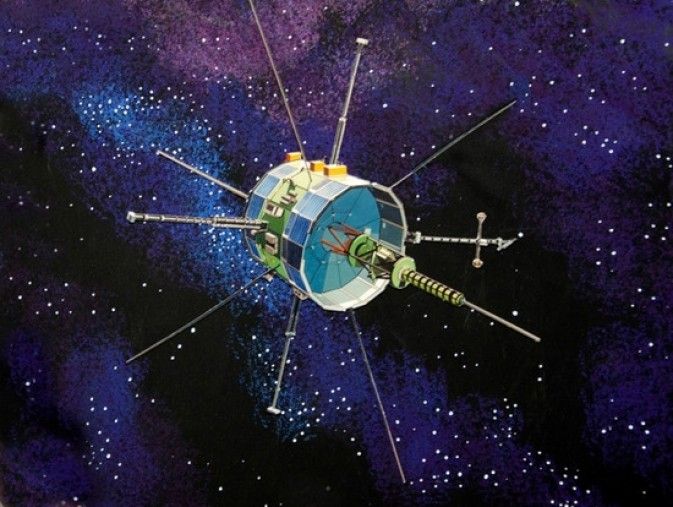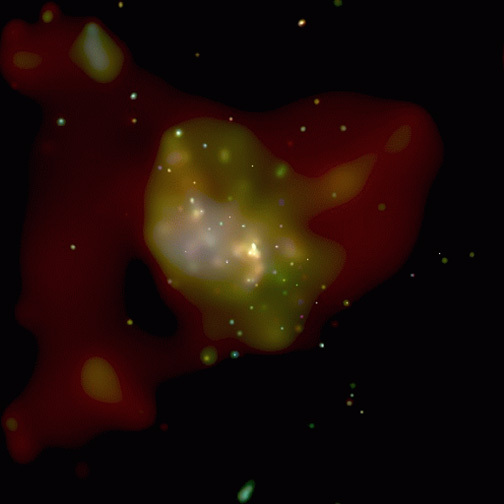Key Takeaways:
- Spacecraft launches use liquid hydrogen and oxygen for main propulsion, sometimes supplemented by solid propellants.
- Gravity assists from planets help propel spacecraft, reducing fuel needs.
- Small thrusters make minor course corrections.
- Spacecraft far from the sun use nuclear batteries for power.
What kind of fuel do spacecraft use to explore the outer solar system and beyond?
Sir Isaac Newton’s first law of motion states that an object at rest stays at rest and an object in motion stays in motion with the same speed unless acted upon by an outside force. And in space, the only thing to slow down a spacecraft is gravity.
Before a spacecraft is even launched, scientists work out precisely where planets and other bodies will be to determine how the gravity of these objects will affect the trajectory of the craft. This allows them to calculate where to aim the craft, when to launch it, and how fast it needs to be traveling to reach its destination.
NASA then uses a two-pronged approach to fuel the launch. The rocket’s main engines use a combination of liquid hydrogen and liquid oxygen. Hydrogen has the lowest molecular weight of any known substance, making it ideal for keeping the weight of a rocket relatively small. When combined with liquid oxygen, hydrogen creates the most efficient thrust of any rocket propellant.
But depending on the weight of the rocket, an extra boost may be needed to get off Earth. In these cases, solid propellent, usually aluminum, is combined with an explosive, such as ammonium perchlorate, to propel the rocket all the way into space.
But that’s just the start of the journey for a spacecraft. For minor course corrections, small thrusters attached to the craft fire off small puffs of gas, such as hydrogen peroxide. Scientists can also plan for gravitational assists from nearby planets for an extra boost as the craft travels to the far reaches of our solar system.
Spacecrafts also need a reliable supply of electricity to report back their findings. Crafts operating close to the Sun can reliably use solar panels. But as a probe moves further out in the solar system, the Sun’s rays become too weak. In that case, it can use radioisotope thermoelectric generators, which is a fancy way to say nuclear batteries. As radioactive material decays, it releases heat that can be converted into electricity for the craft.


